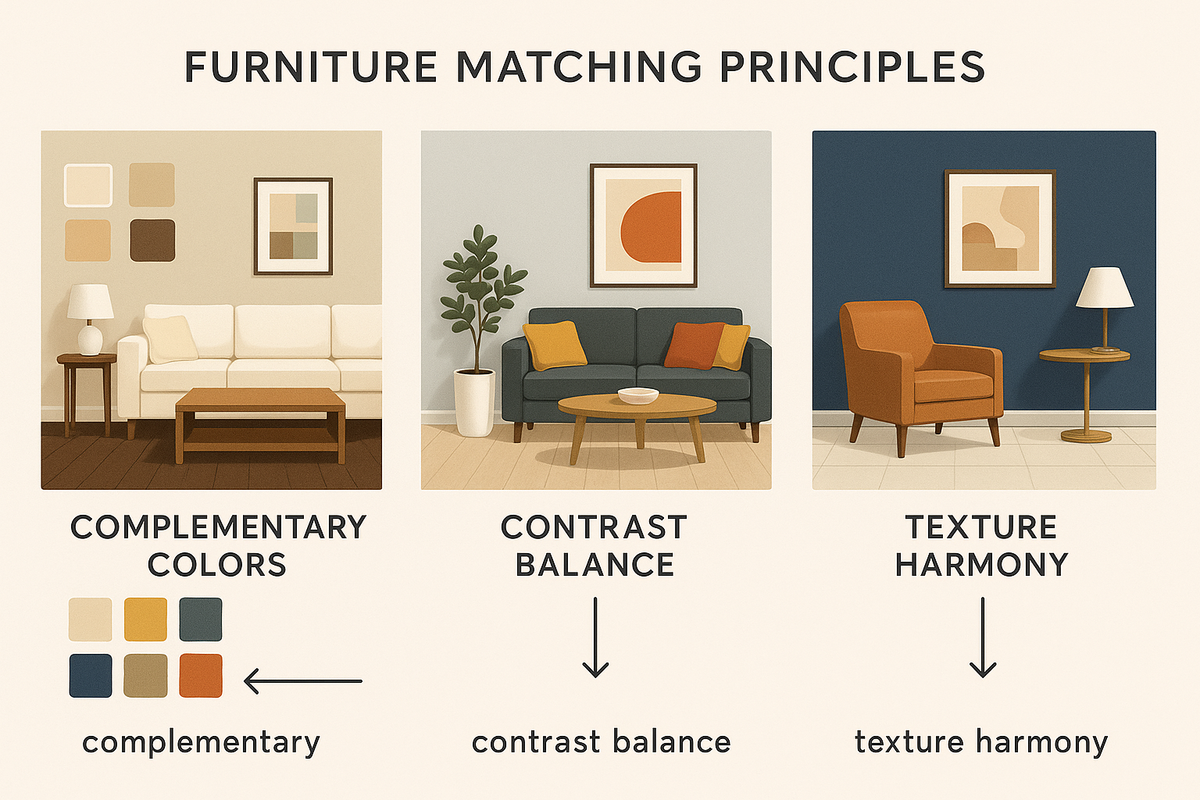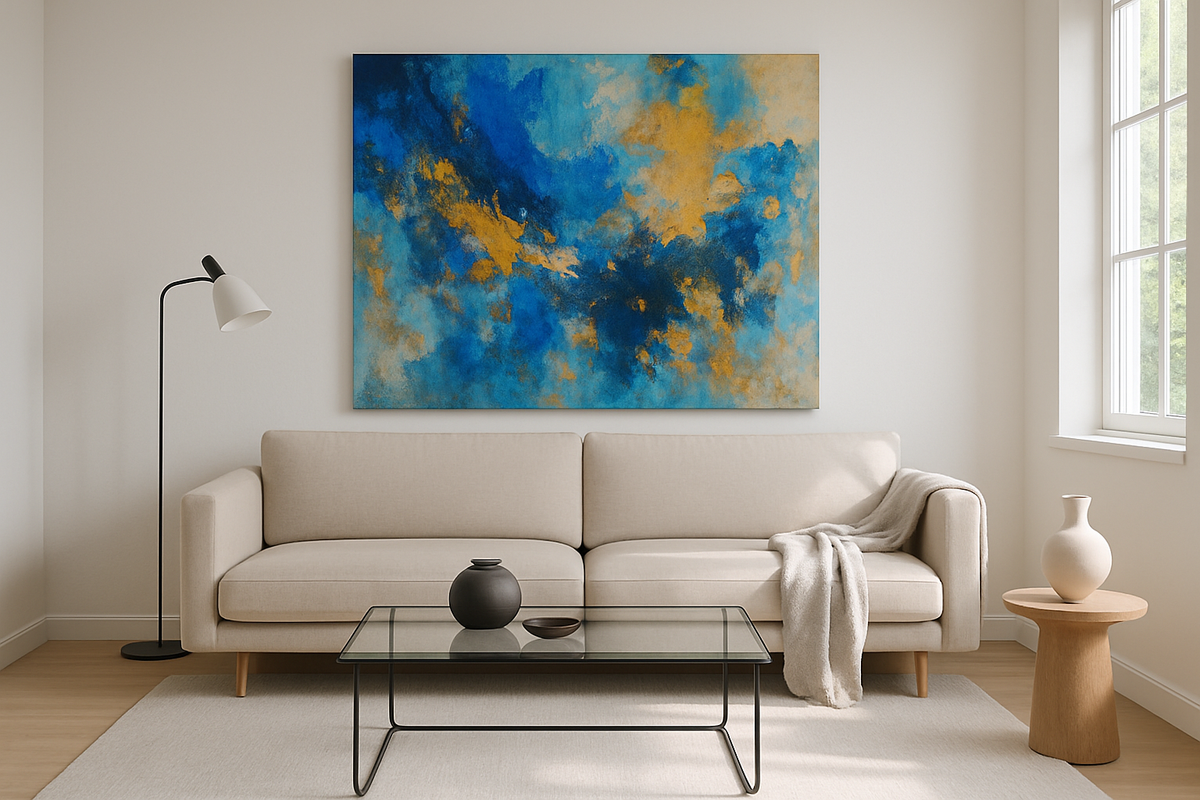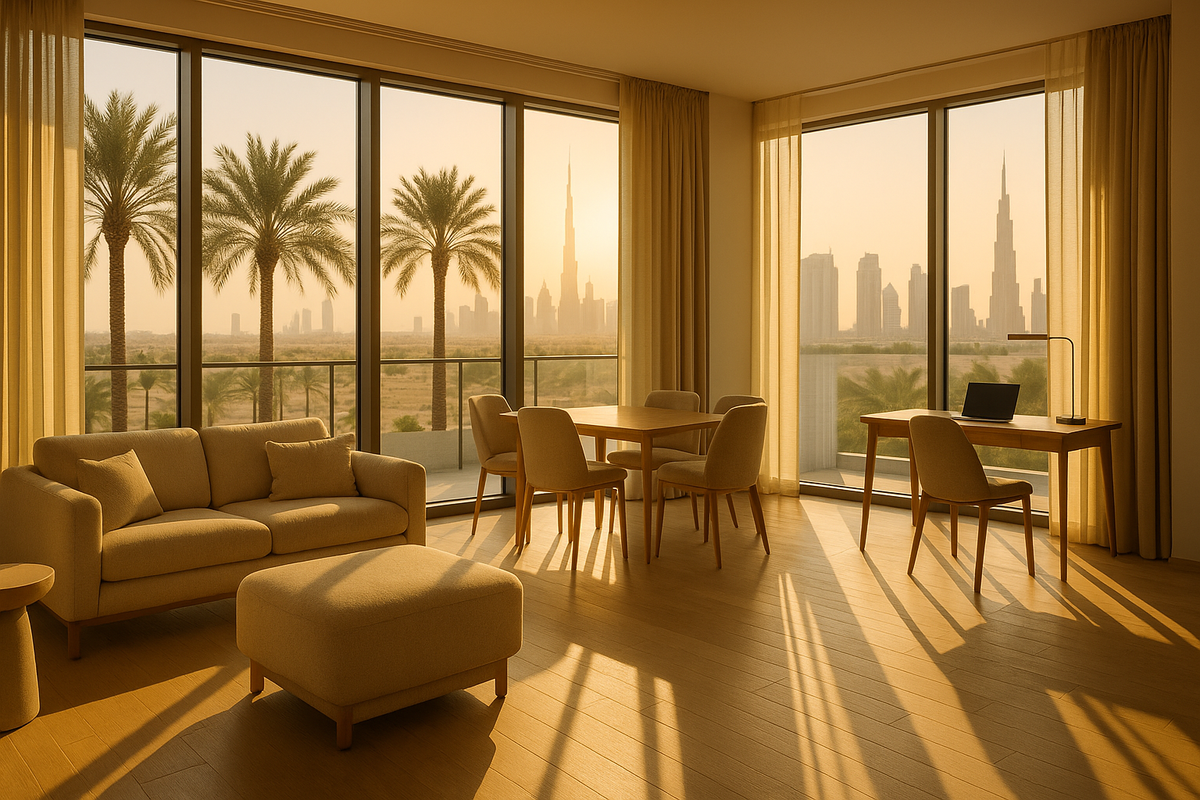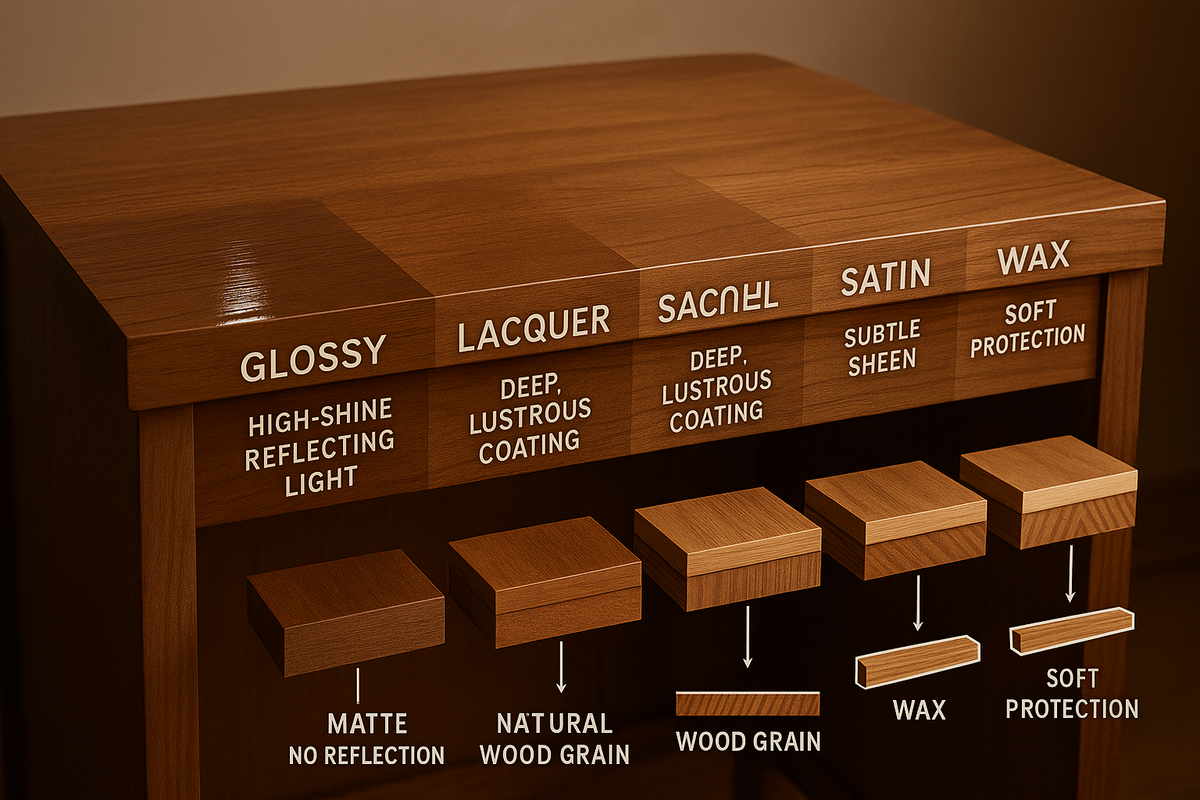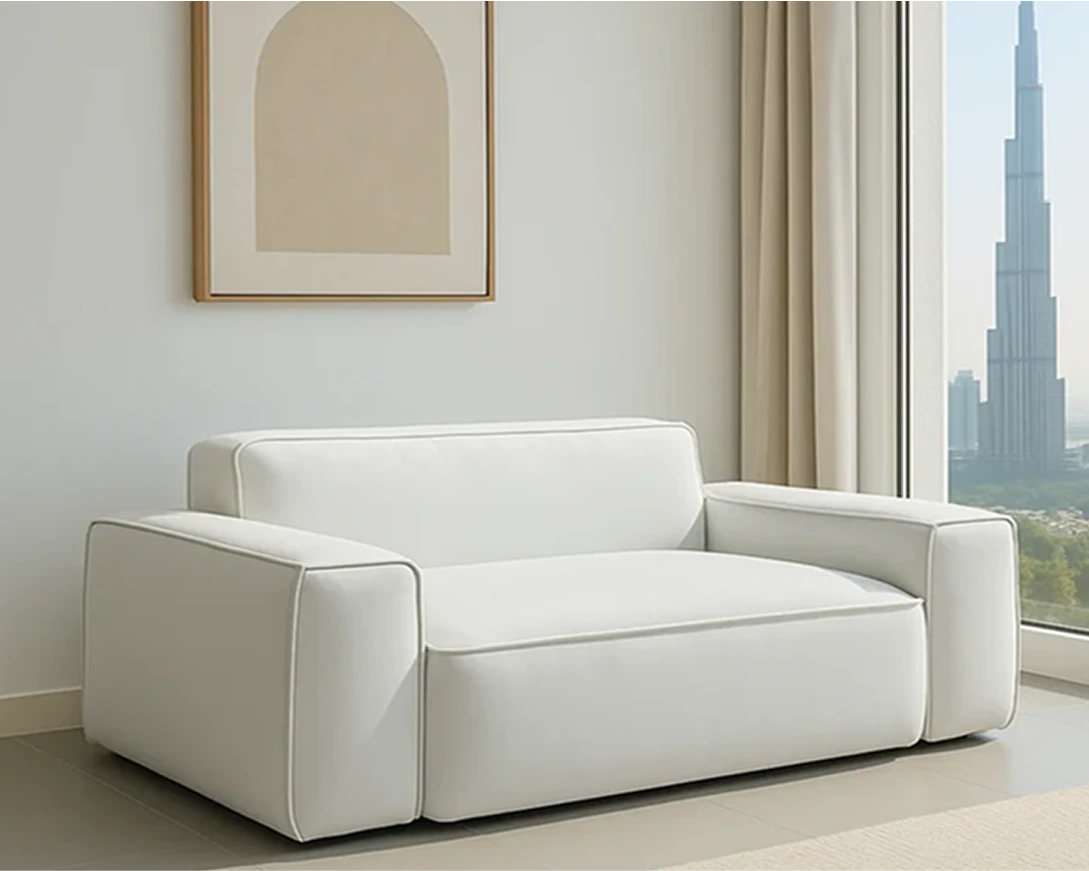Nature-inspired colors can bring a sense of tranquility and harmony to your home design. Whether you want to create a cozy and rustic atmosphere or a fresh and vibrant space, incorporating nature-inspired colors can help you achieve the desired look. In this article, we will explore different ways to bring the beauty of nature into your home through color choices.
1. Choose Organic Color Palettes
When selecting colors for your home, opt for organic color palettes that mimic the hues found in nature. Earthy tones such as greens, browns, and blues can create a calming and grounding effect. These colors can be used as a base for your walls, furniture, and accessories. Consider using shades of green for a serene and natural ambiance, or warm browns for a cozy and rustic feel. You can also incorporate pops of vibrant colors inspired by flowers and foliage to add visual interest and energy to your space.
To create a cohesive and harmonious look, choose colors that complement each other. For example, pair warm earthy tones with cool blues or greens for a balanced and inviting atmosphere. You can also use color theory principles, such as the color wheel, to guide your color choices. Analogous color schemes, which consist of colors that are adjacent to each other on the color wheel, can create a harmonious and unified look. Experiment with different combinations to find the perfect palette for your home.

Photo by Max Rahubovskiy from Pexels:
2. Bring in Natural Materials
In addition to using nature-inspired colors, incorporating natural materials into your home design can further enhance the connection to the outdoors. Materials such as wood, stone, and bamboo can add texture and warmth to your space. Consider using reclaimed wood for furniture or flooring to bring a rustic and eco-friendly touch to your home. Stone accents, such as a fireplace or a feature wall, can create a sense of grounding and natural beauty. Bamboo or rattan furniture can add a tropical and exotic vibe to your space.
When choosing natural materials, consider their sustainability and eco-friendliness. Look for products that are responsibly sourced and produced. This not only helps to protect the environment but also ensures the longevity and quality of your home design. Incorporating natural materials not only adds visual interest but also creates a tactile experience that connects you to the natural world.

Photo by Curtis Adams from Pexels:
3. Use Nature-Inspired Patterns and Prints
Another way to incorporate nature-inspired colors in your home design is through patterns and prints. Floral patterns, leaf motifs, and animal prints can bring a sense of the outdoors into your space. Consider using wallpaper or fabric with botanical prints to create a focal point in a room. You can also use cushions, rugs, or curtains with nature-inspired patterns to add visual interest and texture.
When using patterns and prints, it's important to strike a balance. Too many patterns can create a chaotic and overwhelming look, while too few can make the space feel dull and monotonous. Mix and match different patterns, but make sure they have a common color palette or theme to create a cohesive and visually pleasing design. Experiment with different scales and placements to find the right balance for your space.
Incorporating nature-inspired colors in your home design can create a soothing and inviting atmosphere. By choosing organic color palettes, bringing in natural materials, and using nature-inspired patterns and prints, you can create a space that reflects your love for the outdoors. Remember to consider the overall theme and style of your home, and have fun experimenting with different colors and textures. With the right choices, you can transform your home into a nature-inspired sanctuary.

Photo by KEREM KSLR from Pexels:
4. Embrace Natural Light
Natural light is a key element in creating a nature-inspired home design. Maximize the amount of natural light in your space by using sheer curtains or blinds that allow sunlight to filter through. This not only brightens up your space but also creates a connection to the outdoors. Position mirrors strategically to reflect and amplify natural light, making your space feel larger and more open.
If you have limited access to natural light, consider using artificial lighting that mimics the qualities of natural light. Look for bulbs with a color temperature that closely resembles daylight, such as cool white or daylight bulbs. This can help create a natural and inviting ambiance in your home.

Photo by Taryn Elliott from Pexels:
5. Incorporate Indoor Plants
Bringing nature indoors can be as simple as incorporating indoor plants into your home design. Plants not only add a touch of greenery but also improve air quality and create a sense of tranquility. Choose plants that thrive indoors and require minimal maintenance, such as snake plants, pothos, or peace lilies. Place them strategically in different areas of your home, such as on shelves, countertops, or hanging planters.
Consider the size and shape of the plants when choosing their placement. Taller plants can add height and drama to a room, while smaller plants can be grouped together to create a lush and vibrant display. Don't be afraid to mix and match different types of plants to create a diverse and visually appealing indoor garden.

Photo by Souranshi Fashion and Lifestyle Magazine from Pexels:
6. Incorporate Natural Textures
In addition to natural materials, incorporating natural textures can further enhance the nature-inspired theme in your home design. Textures such as woven baskets, jute rugs, or linen curtains can add depth and visual interest to your space. These textures not only evoke a sense of nature but also create a cozy and inviting atmosphere.
Consider using textured wallpapers or wall panels to add dimension to your walls. You can also incorporate natural textures through furniture and accessories. Look for pieces made from materials such as rattan, wicker, or seagrass. These materials not only add a touch of nature but also create a tactile experience that connects you to the outdoors.

Photo by Curtis Adams from Pexels:
7. Create a Nature-Inspired Color Palette
To create a cohesive and nature-inspired color palette, draw inspiration from the colors found in the natural world. Consider the colors of the sky, the ocean, the forest, or a field of flowers. Choose a dominant color as the base for your palette, such as a soft blue or a warm green. Then, select complementary colors or shades that harmonize with the dominant color.
For example, if you choose a soft blue as your dominant color, you can pair it with shades of white, cream, or beige for a serene and calming look. If you prefer a more vibrant palette, you can pair a warm green with pops of yellow or orange for a fresh and energetic feel. Experiment with different combinations to find the perfect nature-inspired color palette that suits your style and preferences.

Photo by Curtis Adams from Pexels:
8. Use Natural Materials
Incorporating natural materials into your home design is a great way to bring the beauty of nature indoors. Consider using materials such as wood, stone, or cork for flooring, furniture, or accent pieces. These materials not only add a touch of nature but also create a warm and inviting atmosphere.
When choosing natural materials, consider their durability and sustainability. Look for products that are responsibly sourced and produced. For example, opt for hardwood flooring that is certified by the Forest Stewardship Council (FSC) or furniture made from reclaimed wood. This not only helps to protect the environment but also ensures the longevity and quality of your home design.

Photo by Erik Mclean from Pexels:
9. Incorporate Natural Patterns and Textures
Nature is full of beautiful patterns and textures that can be incorporated into your home design. Consider using wallpaper, fabrics, or tiles with patterns inspired by leaves, flowers, or natural landscapes. These patterns can add visual interest and create a connection to the outdoors.
You can also incorporate natural textures through textiles and accessories. Look for cushions, rugs, or throws made from natural fibers such as cotton, linen, or wool. These textures not only add a touch of nature but also create a cozy and inviting atmosphere.

Photo by Max Rahubovskiy from Pexels:
10. Create a Nature-Inspired Accent Wall
An accent wall can be a focal point in your home design and a great way to incorporate nature-inspired colors. Choose a wall in your space and paint it with a color that reflects the natural world, such as a deep green, a warm brown, or a soft blue. This can create a dramatic and visually appealing backdrop for your furniture and accessories.
If you prefer a more subtle approach, consider using wallpaper with a nature-inspired pattern or texture. This can add depth and visual interest to your accent wall. You can also create a gallery wall with framed prints or photographs of natural landscapes or botanical illustrations.
11. Bring in Natural Elements
To truly bring nature into your home design, consider incorporating natural elements as decorative accents. This can include items such as seashells, driftwood, or stones collected from the beach or a hike. Display these natural treasures in glass jars, on shelves, or as part of a centerpiece to add a touch of nature to your space.
You can also bring in natural elements through artwork or photography. Hang paintings or prints of landscapes, seascapes, or botanical illustrations to create a connection to the outdoors. Look for artwork that reflects your personal style and preferences, whether it's abstract, realistic, or minimalist.
In conclusion, incorporating nature-inspired colors in your home design can create a soothing and inviting atmosphere. By choosing organic color palettes, bringing in natural materials, using nature-inspired patterns and prints, embracing natural light, incorporating indoor plants, and using natural textures, you can create a space that reflects your love for the outdoors. Remember to consider the overall theme and style of your home, and have fun experimenting with different colors, textures, and elements. With the right choices, you can transform your home into a nature-inspired sanctuary.
| Section | Summary |
|---|---|
| Choose Organic Color Palettes | Opt for earthy tones like greens, browns, and blues. Use color theory principles and complementary colors for a cohesive look. |
| Bring in Natural Materials | Incorporate wood, stone, and bamboo for texture and warmth. Choose sustainable and eco-friendly options. |
| Use Nature-Inspired Patterns and Prints | Use floral patterns, leaf motifs, and animal prints in wallpaper, fabric, cushions, rugs, or curtains. Find a balance between patterns. |
| Embrace Natural Light | Maximize natural light with sheer curtains, blinds, and strategic mirror placement. Consider artificial lighting that mimics natural light. |
| Incorporate Indoor Plants | Choose indoor plants that thrive indoors and require minimal maintenance. Place them strategically for a touch of greenery and tranquility. |
| Incorporate Natural Textures | Use woven baskets, jute rugs, or linen curtains to add depth and coziness. Incorporate textured wallpapers or furniture made from natural materials. |
| Create a Nature-Inspired Color Palette | Draw inspiration from the colors found in nature. Choose a dominant color and complementary shades for a cohesive palette. |
| Use Natural Materials | Incorporate wood, stone, or cork for flooring, furniture, or accent pieces. Look for responsibly sourced and produced materials. |
| Incorporate Natural Patterns and Textures | Use wallpaper, fabrics, or tiles with patterns inspired by nature. Choose cushions, rugs, or throws made from natural fibers. |
| Create a Nature-Inspired Accent Wall | Paint an accent wall with a nature-inspired color or use wallpaper with a nature-inspired pattern. |
| Bring in Natural Elements | Display seashells, driftwood, or stones as decorative accents. Hang artwork or photography of natural landscapes or botanical illustrations. |
FAQ
1. How do I choose the right nature-inspired color palette for my home?
To choose the right nature-inspired color palette, draw inspiration from the colors found in the natural world. Consider the colors of the sky, the ocean, the forest, or a field of flowers. Choose a dominant color as the base for your palette, such as a soft blue or a warm green. Then, select complementary colors or shades that harmonize with the dominant color. Experiment with different combinations to find the perfect nature-inspired color palette that suits your style and preferences.
2. What are some natural materials I can incorporate into my home design?
There are several natural materials you can incorporate into your home design, such as wood, stone, bamboo, and cork. These materials add a touch of nature and create a warm and inviting atmosphere. Look for responsibly sourced and produced materials to ensure their sustainability and eco-friendliness.
3. How can I incorporate nature-inspired patterns and prints into my home?
You can incorporate nature-inspired patterns and prints into your home design through wallpaper, fabrics, cushions, rugs, or curtains. Choose floral patterns, leaf motifs, or animal prints to bring a sense of the outdoors into your space. Find a balance between patterns to avoid a chaotic or overwhelming look.
4. How can I maximize natural light in my home?
To maximize natural light in your home, use sheer curtains or blinds that allow sunlight to filter through. Position mirrors strategically to reflect and amplify natural light. If you have limited access to natural light, consider using artificial lighting that mimics the qualities of natural light, such as bulbs with a color temperature that closely resembles daylight.
5. What are some low-maintenance indoor plants I can incorporate into my home?
There are several low-maintenance indoor plants you can incorporate into your home, such as snake plants, pothos, or peace lilies. These plants not only add a touch of greenery but also improve air quality and create a sense of tranquility. Place them strategically in different areas of your home, such as on shelves, countertops, or hanging planters.
6. How can I incorporate natural textures into my home design?
You can incorporate natural textures into your home design through materials such as woven baskets, jute rugs, or linen curtains. These textures add depth and visual interest to your space. Consider using textured wallpapers or wall panels, as well as furniture and accessories made from natural materials like rattan, wicker, or seagrass.
7. How can I create a nature-inspired accent wall?
To create a nature-inspired accent wall, choose a wall in your space and paint it with a color that reflects the natural world, such as a deep green, a warm brown, or a soft blue. This can create a dramatic and visually appealing backdrop for your furniture and accessories. Alternatively, you can use wallpaper with a nature-inspired pattern or texture to add depth and visual interest to your accent wall.
